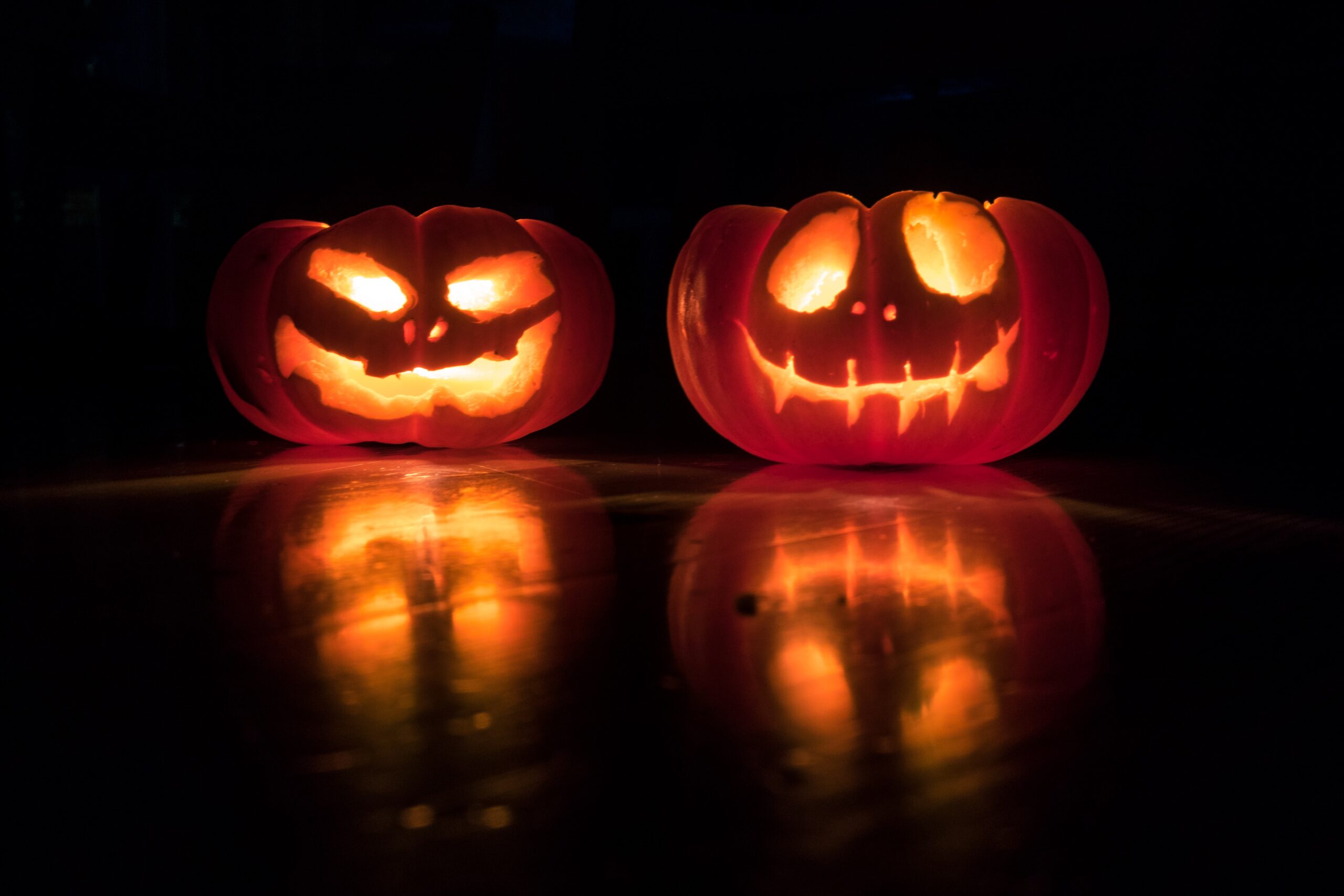By Norah Jewett ’25
Pumpkin carving has become a Halloween tradition for many. For some they can’t imagine a Halloween season without taking a knife to a pumpkin and carving out a face, scary or not. But where does this tradition come from, and how has it become so popular?
For the most part, it seems that jack-o-lanterns originated sometime in the 1800s in Ireland and Scotland. It was a Halloween tradition for them to carve out vegetables to make scary faces to ward against evil. When people started immigrating to the United States, they took their traditions with them–including the carving. It turns out that in the United States, a carved pumpkin was first connected to a good harvest season before it was ever related to Halloween. Over the century it became more and more common to see it associated with Halloween festivities.
During this time, many stories and legends were created revolving around these Halloween decorations, but the one most here in North America are familiar with is The Legend of Sleepy Hollow. Written in 1820 by Washington Irving, it tells a haunting story about a headless horseman with a jack-o-lantern or pumpkin in place of his missing head. It’s been scaring people for generations and since then, many other stories have been written embodying the jack-o-lantern.
So it turns out that pumpkin carving has deeper roots than many would have thought, tracing back to the 19th century in Europe. Maybe think about the generations of pumpkin carving history before you while you’re making that annual jack-o-lantern!
Image credit: David Menidrey via Unsplash



